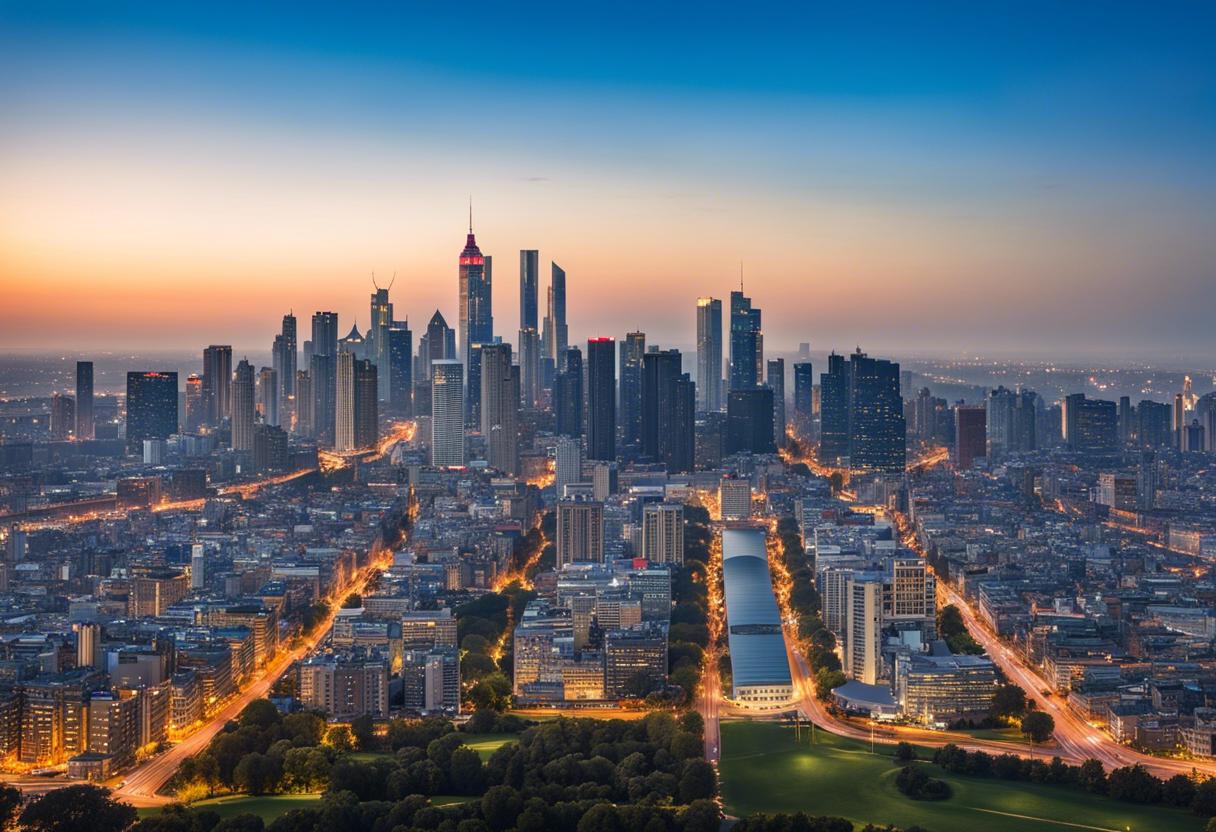The construction of new houses has accelerated at a significant pace, with last year witnessing a new post-crash record. But instead of dampening the soaring house prices we are seeing a solidification of this trend. Almost 33,000 new homes were finished in the past year, a monumental increase of sixfold compared to a decade ago. Despite this largest residential construction boom since the Celtic Tiger period, the gap in the home affordability has not shrunk but grown wider, along with the sharp uptick in property prices.
Recent data from the Central Statistics Office (CSO) shows an average rise of 7.3 per cent in residential property prices in the year ending in March. This marks the seventh straight month of annual price growth. In the capital city of Dublin, the value of residential properties escalated at a yearly rate of 7.2 per cent.
Property prices don’t follow the basic rules of supply and demand with individuals buying and construction companies building when prices surge. Property is also largely controlled by financial systems, propelled by speculative investments amounting to trillions of euros. A significant amount of Dublin’s present development is funded by international funds targeting profits in the build-to-rent sector.
The chasm between people’s income and the cost of houses, with the average house price now being roughly ten times the average income, won’t be closed by boosting supply. This was the hopeful expectation of would-be homebuyers and policymakers, but the reality, according to market insiders and even those profiting directly from it, is looking grim.
Cairn Homes CEO, Michael Stanley, recently acknowledged the major challenge facing every developed economy – it’s become implausible to provide housing at four to five times the industrial wage, stating it as a hard truth.

